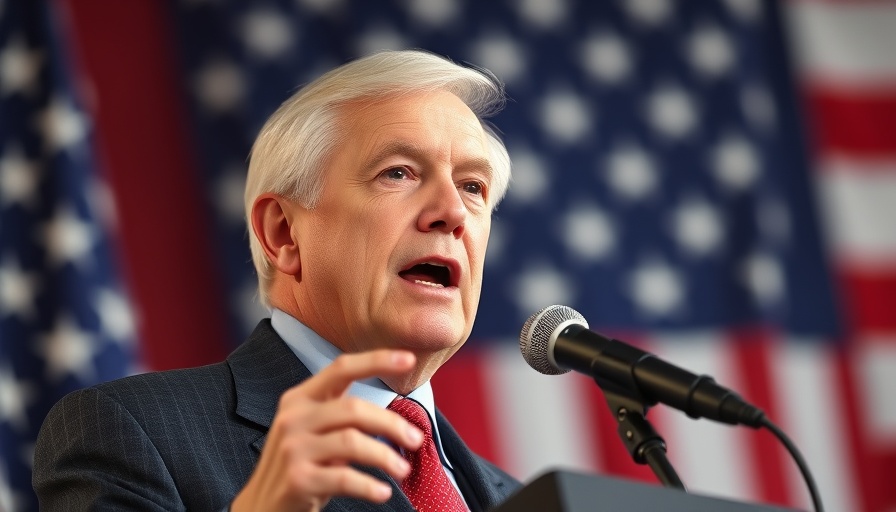
Understanding the Current U.S.-Iran Nuclear Talks
In a surprising turn of events, President Donald Trump announced on April 7, 2025, that direct talks between the United States and Iran regarding Tehran's nuclear program were in the works. However, Iranian officials countered that these discussions would be indirect, demonstrating the complex web of diplomacy surrounding this key issue. The backdrop of these interactions underscores both the geopolitical stakes at play and the cautious optimism of stakeholders.
The Stakes of the Nuclear Talks
Trump’s warning that "Iran is going to be in great danger" should the talks falter illustrates the high stakes involved not just for Iran but for the entire region. The threat of military action looms, and the implications of a renewed conflict could reverberate worldwide, impacting not only national security but also global markets.
Iran’s Position: A Strategic Stance
Iran maintains its position of preferring an indirect dialogue, showcasing its reluctance to negotiate under pressure. This approach aligns with its prior strategy of navigating discussions without yielding early to external demands. This reluctance reflects not just a desire for dignity in negotiations, but also a calculated strategy to maintain its sovereignty and avoid appearing weakened under external pressure.
Historical Context: Lessons from Past Negotiations
The path to an agreement on Iran's nuclear ambitions has been fraught with tension and miscommunication. Past negotiations, particularly the Joint Comprehensive Plan of Action (JCPOA), serve as a reminder of the complexities involved. The lessons learned from previous diplomatic efforts could offer valuable insights into the current talks — particularly the need for patience, clear communication, and mutual respect.
The Broader Geopolitical Implications
The discussions around Iran’s nuclear program don’t occur in a vacuum; they intersect with numerous global interests. Nations such as Israel and various Gulf states are monitoring these talks with extreme vigilance, as their national security could be inadvertently affected by any outcome. A resolution could lead to a more stable Middle East or, conversely, pivot the players towards greater conflict.
Investment Considerations Amid Uncertainty
As the world watches the Iranian negotiations unfold, investors are urged to consider the potential impacts on global markets. Heightened tensions often lead to volatility in oil prices and other commodities, which could be significant for sectors such as energy and technology stocks. Investors should evaluate their portfolio allocations, keeping in mind the implications of geopolitical unrest on sectors ranging from emerging markets investments to energy sector fluctuations.
Looking to the Future: Predictions and Opportunities
As the impending talks approach, there are both risks and opportunities for investors and policymakers alike. The potential for a diplomatic resolution could open doors for international investments in Iran, leading to a more stable economic landscape. However, the risks associated with failed negotiations must not be overlooked. Opportunities in sectors like sustainable investing may become prominent, particularly should a stable Iran look to rebuild economically.
Conclusion: Staying Informed for Better Decision-Making
The outcome of U.S.-Iran talks on nuclear negotiations stands to significantly impact not just bilateral relations but also the global financial landscape. As these developments unfold, staying informed will guide both investors and policymakers in making sound decisions. Proactive engagement in understanding these events can be an asset in the volatile world of geopolitics.
 Add Row
Add Row  Add
Add 



Write A Comment